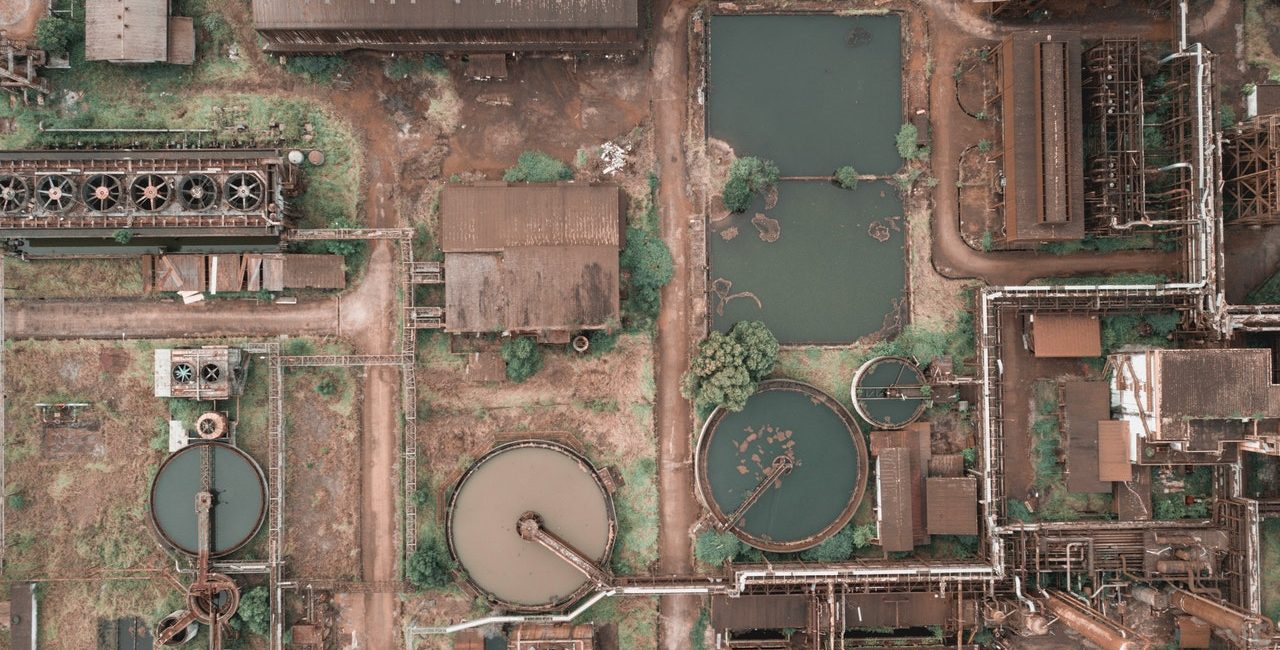
A working sewage system is extremely essential for any homeowner or commercial property. There are two ways to go about it, if you are living near the water mains, wastewater treatment shouldn’t be an issue. But if you’re living further away from the main connection, an off-main treatment plant is your solution to wastewater treatment.
A septic tank or a sewage treatment plant is the best you can get for your property, enabling you to have a proper system established for your waste.
However, establishing a plant like this one has a lot of parameters that come with it, from installation to functioning and timely maintenance, there are many things to consider before, while and after installing your sewage treatment plant. Once done, there are also ways to consider that can improve your sewage treatment plant. Click here to know what we’re talking about!
Today we’re here to talk about the functionality. If you’ve had this question in mind – how does a sewage plant treatment work? We’ve got you covered!
So let’s get started!
The Stages of Sewage Treatment Plants
Stage 1 –
The way all sewage treatment plants are built does not differ too much from that of a general septic tank. Both these establishments have a separation process, wherein sewage flows from your property being serviced into the first chamber.
This sewage here then sits until the grease, oil, scums and other remnants have floated to the top while the rest of the solids have settled on the bottom of the tank.
Stage 2 –
Now, as soon as the separation process is completed in a sewage treatment plant, the liquid travels into a second chamber – a step that differentiates sewage treatment plants from septic tanks.
Chamber number two is fitted with an air pump that is responsible to circulate the air around the chamber, to encourage the growth of aerobic bacteria.
The bacteria make sure to break down the contaminants in the liquid for effective cleansing.
Stage 3 –
Last but not the least, the third settlement tank allows the remaining solids to sink to the bottom of the tank before the final effluent is discharged into a soakaway.
Once the mentioned process is completed and the water has been treated as much as possible, this liquid is safe to be discharged into the environment.
Importance of Having a Sewage Treatment Plant
Whenever you’re planning for new development, you should first consider getting connected to the main sewers. They are connecting a lot more than one property for treating wastewater, naturally making them cost-efficient and reliable to deal with your wastewater.
In case you cannot connect to main sewers due to many reasons such as the distance between them and your property makes it impossible to serve, that’s when alternatives such as sewage treatment plants and others walk in.
An operating sewage treatment plant means that you can install one literally anywhere, all you need is to have an electrical connection.
Emptying the Sewage Treatment Plants
A sewage treatment plant’s job is to clean the wastewater as thoroughly as possible. They have more efficiency than a septic tank when it comes to cleaning, but a sewage treatment plant still requires emptying from time to time.
The formed sludge can impact their efficiency, so it’s important to maintain and empty the tank at least once a year, or as advised otherwise.
The Bottom Line…
There are many reasons why you should have a sewage treatment plant instead of a septic tank, but both have their own set of pros and cons. The former is reliable and unlikely to encounter problems when maintained regularly. They are the right fit for compact sites, giving you the cost-benefit over time.
However, they do need electricity supply constantly to run and need proper maintenance for maximum efficiency.
We think that these noteworthy insights can help you reach a decision while giving you enough information to make you confident enough before installing the plant.
That said, all you need to do is hire a professional service provider, do thorough research and come to the solutions that work best for you.












